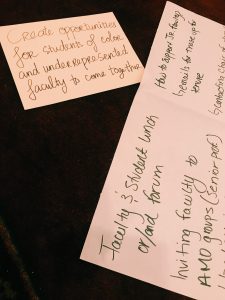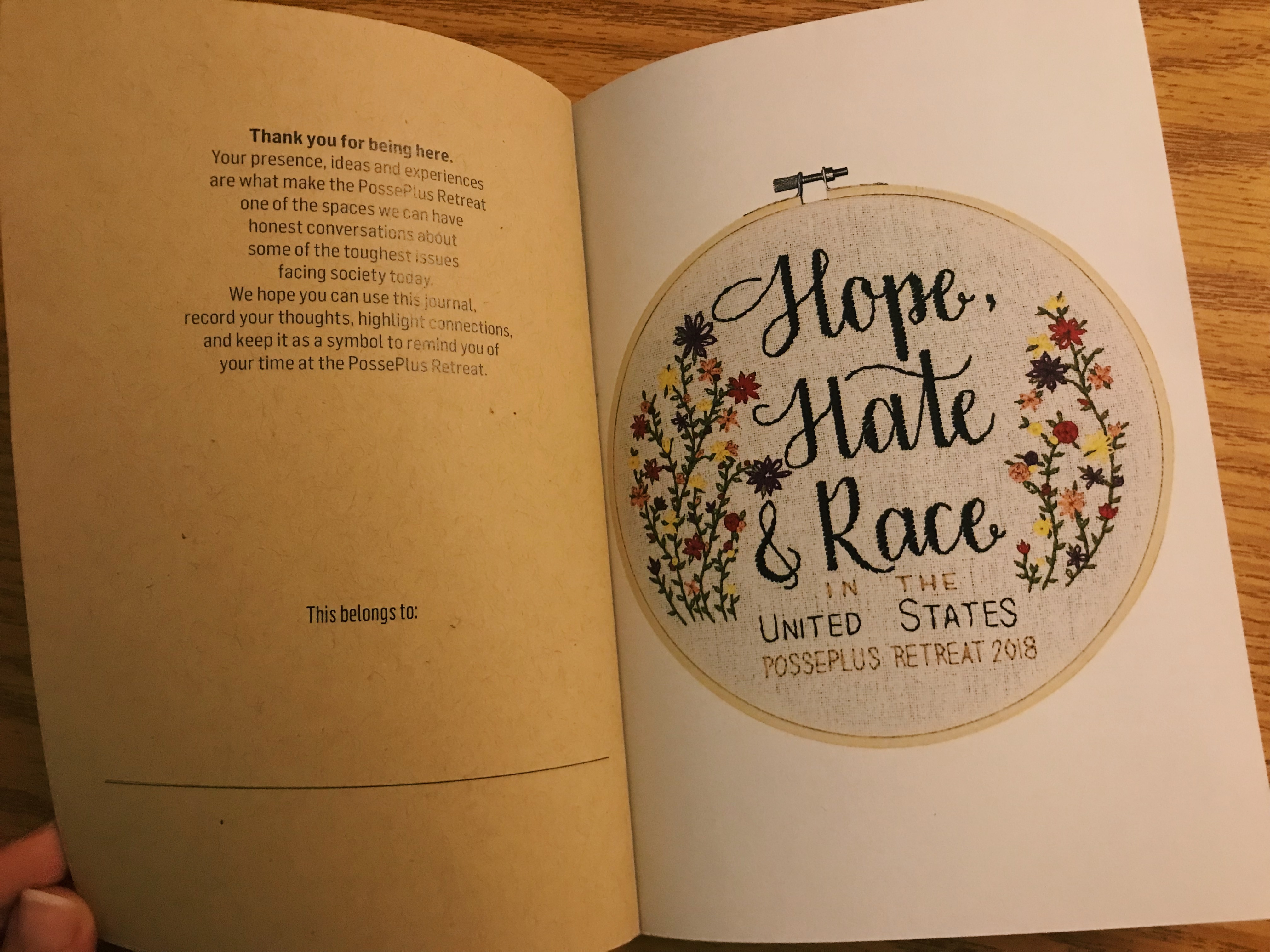Once a year, Bryn Mawr cancels all of its classes and activities for the day in order to open space for students, faculty, and staff to have important conversations on campus. This day was designed in acknowledgment of the fact that for many students who want to have these conversations, going out of their way to create space for them gets in the way of everyday responsibilities. Thus, canceling those responsibilities for a full day allows space for these conversations to take place without the added stress of how to do so logistically.
This is my third community day of learning and this year’s overarching theme is “Being Bryn Mawr: Past, Present, and Future.” This theme seeks to delve deep into Bryn Mawr’s complicated history, it’s modern day concerns, and visions for the future. It hopes to generate conversation and shape who Bryn Mawr will be moving forward.
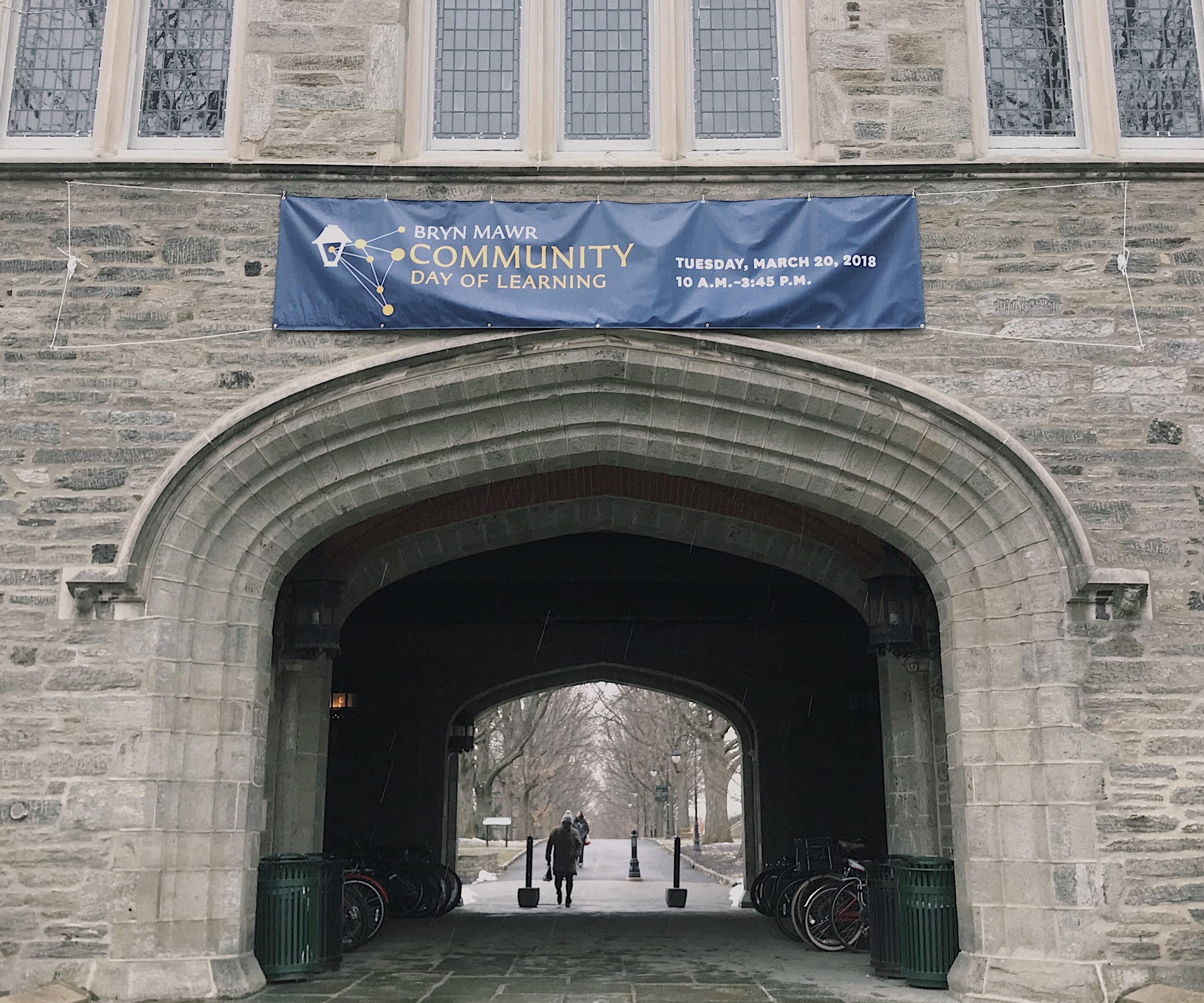
So many sessions caught my attention this year, but sadly, I could only pick one per time block. The sessions I did attend were incredibly thought-provoking and vital so I wanted to share them with you!
Session 1/ The Past: “Reflecting on Bryn Mawr’s Relationship with Mental Health and Disability on Campus”
In this session, we talked about how Bryn Mawr has historically dealt with physical disabilities, intellectual disabilities, and mental health disorders. It’s no secret that higher institutions all over the country have a bad track record with people with disabilities.
In 1976 Bryn Mawr’s admissions statement declared that they do not discriminate against the “handicap.” But, as we know, not discriminating is never enough. Simply not turning someone away because of their identity is never enough. What are the ways in which you are actively contemplating the structure of your institution and redesigning it in order to level the playing field? I think Bryn Mawr students have always sought to do this work.
In the year 2000, access services were established. In 2014, the accessibility leadership committee was founded. Realizing there was a lack of student voice in that committee, the Student Advisory Committee was founded the following year. Then in 2016, a new position as an access student coordinator on campus was created. Clubs like the Body Image Council, Active Minds, the National Alliance on Mental Illness, and EnAble were founded to help students with physical and intellectual disabilities, students with mental health issues, and allies have a space of their own.
But there’s still a long way to go. In talking about physical disabilities on campus, we need to point out that many buildings on campus are still not physically accessible. Erdman, the dorm that I live in, is only accessible on the second floor. Certain buildings like Taylor and Merion aren’t accessible period. And spaces like the Pensby Center and the ECC are also pretty inaccessible. Those last two are especially important because they are spaces built on the idea of inclusion, and yet are not readily available to people with physical disabilities. In terms of learning disabilities, colleges everywhere need to hone in on holding professors accountable for accessibility and accommodations. The same goes for mental health concerns. During the session, we brainstormed for solutions and said that it would be great if professors could have mandatory training on how to best serve students with disabilities and mental health concerns. Things as easy as providing content warnings in classes and reconsidering the importance of participation grades were things we talked about. We also suggested that more funding needs to be allocated to this matter, especially in hiring more counselors and more counselors of color specifically.
Session 2/ The Present: “Discussions on Immigration in Higher Education”

The Facebook Profile photo of Bryn Mawr’s Migrant Rights Coalition
This session was designed by members of Bryn Mawr’s Migrant Rights Coalition in order to talk about undocumented experiences in higher education. The session leaders gave us background information about DACA, the benefits of a clean Dream Act, and sanctuary campuses. We then shifted the conversation to the context of Bryn Mawr. We discussed how Bryn Mawr had dealt with recent threats from DACA and TPS. We learned that, out of fear of becoming a target of the right-wing, Bryn Mawr decided that it would not officially declare itself as a sanctuary campus but would still act as such. We talked about the costs and benefits of such a decision. We also brainstormed how we could shift conversations about immigration and documentation from a theoretical approach that thinks of this as a very distant issue, to a personal approach that understand that real people on this campus today are living under the threat of anti-immigrant sentiments and laws.
My group got really into thinking about how to bring these conversations into classrooms specifically. We talked about wanting to see more professors trained in this knowledge, as well as more professors who have personal knowledge that is drawn from their own lived experiences. Prof. Veronica Montes was in the room, and as an immigrant, she shared her own perspective and how she tries to bring these conversations into her classes. She is a wonderful example of the kind of professor we want on campus, as she understands the political as personal and seeks to have these difficult conversations.
We ended the session thinking about action plans. Where is there room for improvement? We talked about creating opportunities for non-undocumented people on campus to learn more about this issue and to learn how to be good allies. We talked about the possibility of sending alerts to students if ICE agents are ever on campus so that undocumented students are warned and are not left to fend for themselves. We talked about including students and faculty with real lived experiences into any decision-making process, with the acknowledgment that they provide a knowledge that is vital to the conversation.
Session 3/The Future:
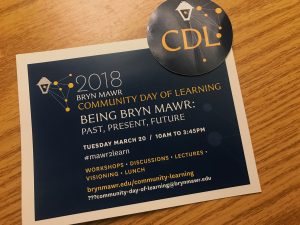
I wasn’t able to attend the last session, but I think the other two sessions I attended already started thinking about the future. There is still a long way to go for Bryn Mawr, but we’ve also come so far. Seeing where we were 10 years ago makes me hopeful for where we can be 10 years from now. Bryn Mawr students have always fought long and hard for a better future, and I have no doubt that this place will continue to grow. It is important for people in positions of power at this college to listen to the concerns and demands that we are making. Only then can we improve. Community Day of Learning is one of the ways that Bryn Mawr shows its dedication to its students.

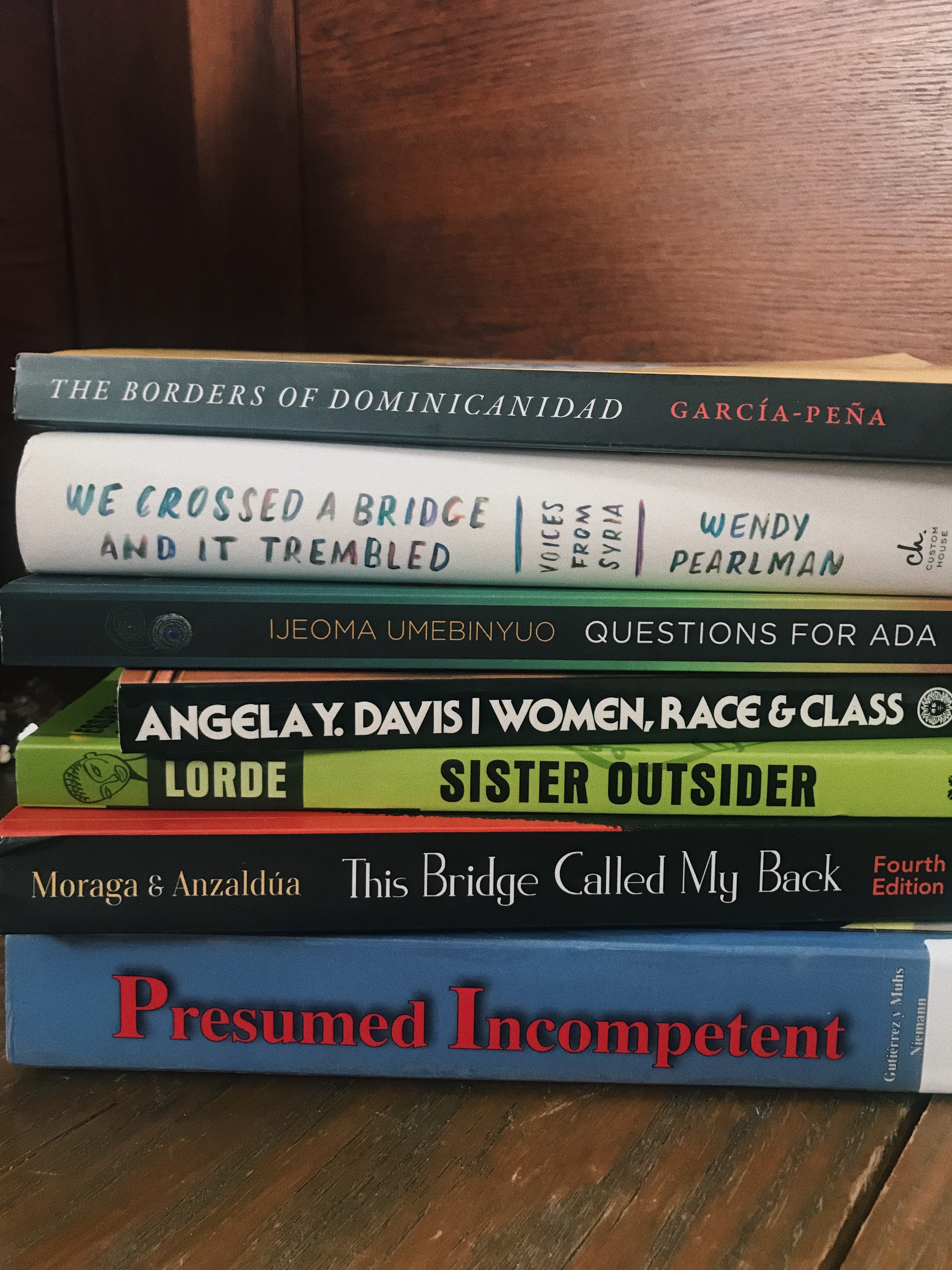
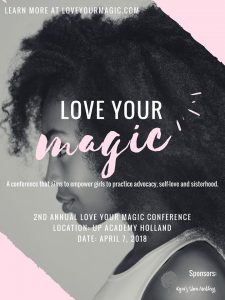 The Love Your Magic conference in Boston, hosted by several African American and Afro-Latina women, was created in hopes of helping young black and brown girls learn advocacy, gain self-love, and find sisterhood. This conference will be held in April and still needs funding!
The Love Your Magic conference in Boston, hosted by several African American and Afro-Latina women, was created in hopes of helping young black and brown girls learn advocacy, gain self-love, and find sisterhood. This conference will be held in April and still needs funding! 
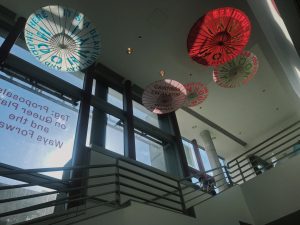 After I got out of my field placement, I walked to the Institute of Contemporary Art that was only six minutes away. This museum is free for all and has some really cool exhibits at the moment. I had visited once during my first year at Bryn Mawr but they switch up the exhibits pretty often and this time was so different.
After I got out of my field placement, I walked to the Institute of Contemporary Art that was only six minutes away. This museum is free for all and has some really cool exhibits at the moment. I had visited once during my first year at Bryn Mawr but they switch up the exhibits pretty often and this time was so different. 
 I decided to grab lunch at HoneyGrow which is a really affordable healthy food spot in Center City. I’d usually go for the unhealthiest option, but my sister has been pressing me to eat healthier and I guess that’s the adult thing to do. It’s also surprisingly really good food. I found a place to eat outside and it was right next to an outdoor flower shop and farmers market so after I ate and did some readings, I just explored those two things for some more time in the sun.
I decided to grab lunch at HoneyGrow which is a really affordable healthy food spot in Center City. I’d usually go for the unhealthiest option, but my sister has been pressing me to eat healthier and I guess that’s the adult thing to do. It’s also surprisingly really good food. I found a place to eat outside and it was right next to an outdoor flower shop and farmers market so after I ate and did some readings, I just explored those two things for some more time in the sun.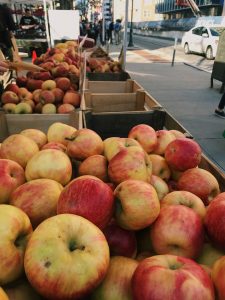
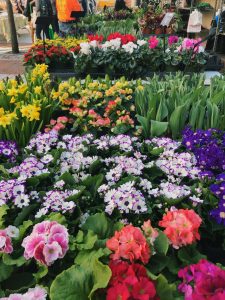

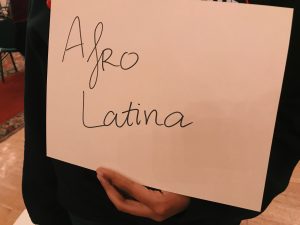 This activity really resonated with me because my identity has been something that I’ve struggled with for a while. Many people use ethnicity and race as synonymous when they are not. Not acknowledging the fact that there are black Latinxs and white Latinxs, conflates our experiences and the ways in which we walk through the world. But even knowing that, I had a hard time figuring out where I fall within this spectrum that is Latinidad.
This activity really resonated with me because my identity has been something that I’ve struggled with for a while. Many people use ethnicity and race as synonymous when they are not. Not acknowledging the fact that there are black Latinxs and white Latinxs, conflates our experiences and the ways in which we walk through the world. But even knowing that, I had a hard time figuring out where I fall within this spectrum that is Latinidad.
